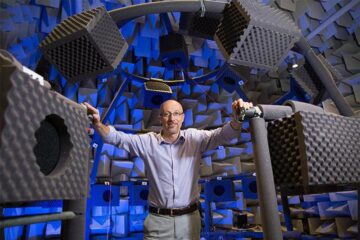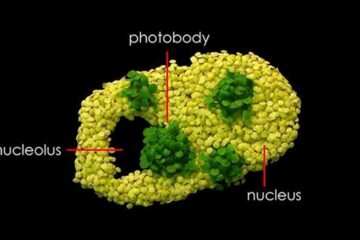Stardust on Ocean Floor Shows Gold and Uranium Alchemy in Stars is Much Less Frequent Than Expected

Stellar explosions such as supernovae or star collisions emit extremely bright light and vast amounts of energy and heavy matter. Half of the heavy elements in nature, including gold and uranium, are created during such events, yet their frequency and their very sites in the Galaxy remain a mystery.
By analyzing samples from the deep-sea floor that accumulated over millions of years, an international team of researchers concluded that the frequency of such events is much lower than expected.
The researchers analyzed core samples collected from the Pacific Ocean floor at about 4500 m water depth. They measured Pu-244, a rare isotope of plutonium that accumulated in the deep sea from the deposition of interstellar particles.
According to study co-author Prof. Michael Paul at the Hebrew University of Jerusalem's Racah Institute of Physics, “Our analysis of galactic debris that fell to Earth and settled in our oceans shows about 100 times less plutonium than we originally expected.”
According to Prof. Paul, “The stellar dust that collects in our oceans provides new information about the far reaches of space as well as our own planet. Our research challenges current theories about supernovae and compounds the mystery surrounding how our solar system received its share of heavy elements. However it could be consistent with a particular astrophysical scenario, namely collisions or mergers of two neutron stars in the Milky Way Galaxy.”
The findings are published in the January 2015 edition of the prestigious journal Nature Communications, as “Abundance of live 244Pu in deep-sea reservoirs on Earth points to rarity of actinide nucleosynthesis.”
Partial funding for the research was provided by the Israel Science Foundation.
For information or interviews, contact:
Dov Smith
Hebrew University Foreign Press Liaison
02-5882844 / +972-54-8820860
dovs@savion.huji.ac.il
Media Contact
More Information:
http://www.huji.ac.ilAll latest news from the category: Earth Sciences
Earth Sciences (also referred to as Geosciences), which deals with basic issues surrounding our planet, plays a vital role in the area of energy and raw materials supply.
Earth Sciences comprises subjects such as geology, geography, geological informatics, paleontology, mineralogy, petrography, crystallography, geophysics, geodesy, glaciology, cartography, photogrammetry, meteorology and seismology, early-warning systems, earthquake research and polar research.
Newest articles

Why getting in touch with our ‘gerbil brain’ could help machines listen better
Macquarie University researchers have debunked a 75-year-old theory about how humans determine where sounds are coming from, and it could unlock the secret to creating a next generation of more…

Attosecond core-level spectroscopy reveals real-time molecular dynamics
Chemical reactions are complex mechanisms. Many different dynamical processes are involved, affecting both the electrons and the nucleus of the present atoms. Very often the strongly coupled electron and nuclear…

Free-forming organelles help plants adapt to climate change
Scientists uncover how plants “see” shades of light, temperature. Plants’ ability to sense light and temperature, and their ability to adapt to climate change, hinges on free-forming structures in their…





















